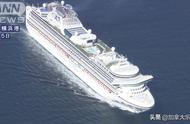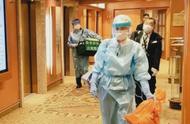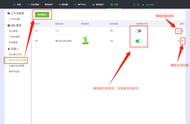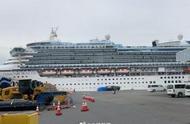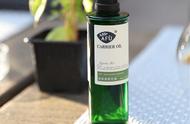2月19日,日本国立传染病研究所(NIID)首次发表报告,全面揭示“钻石公主”号邮轮的疫情与检测始末。报告透露,有明确证据显示,在2月5日对该邮轮实施隔离检疫之前,船上就已经发生了新冠病毒肺炎疫情的大量传播。
同日,“钻石公主”号部分检测结果呈阴性的乘客开始下船。然而下船并不意味着结束,反而成了另一种担忧的开始。

据统计,从19日到21日,“钻石公主”号上约有970人下船。令外界哗然的是,下船的日本乘客大部分乘坐公共交通回家,没有被要求采取进一步的隔离措施。其他国家的乘客则乘坐包机回国。不少专家及民众担忧,如果其中有“假阴性”患者,将会造成疫情的大范围扩散。
事实证明,这种担忧不无道理。
从2月21日开始,接连传来由“钻石公主”号下船回国的乘客被确诊新冠肺炎的消息:
- 21日,澳大利亚政府发布消息称,两名从“钻石公主”号游轮撤离的澳大利亚公民确诊感染新冠肺炎;
- 22日,日本枥木县宣布确诊1名从“钻石公主”号下船的乘客;当天晚上,日本厚生劳动省召开记者会道歉:承认“钻石公主”号已下船的人中有23人被漏检;
- 23日,英国新确认了4名新冠肺炎感染者,这4人均是此前“钻石公主”号邮轮的乘客,在回到英国后核酸检测显示为阳性;
……

In addition, many cases were confirmed after being released with negative test results. After the quarantine ended, around 970 passengers who tested negative were released between February 19 and 21.
The released passengers made their way to waiting coaches or into taxis, returning to life as normal, without further confinement. Overseas passengers took chartered flights arranged by their home countries and, when back on their home soil, were placed under quarantine for another 14 days.
Concerns that the ship could become the source of a fresh wave of expanding infections swelled when a Japanese woman was found infected three days after disembarking.

除出现多名下船后被确诊感染的乘客外,在邮轮上参与工作的日本厚生劳动省职员和检疫官等11人也相继被感染。
有了前车之鉴,日本厚生劳动大臣加藤胜信3月1日表示,此前曾上船的政府官员将进入居家隔离模式,在下船后的两周内都将在自家工作。航运公司方面也透露,将对邮轮内部进行消毒,预计4月29日恢复航行。
Among the overseas passengers who had been tested negative and brought home, at least 68 were found infected in their home countries, including 42 Americans and seven Australians.
As of February 20, half of those infected with the coronavirus had no symptoms and became asymptomatic carriers, making it more complicated to detect cases and curb transmission.

